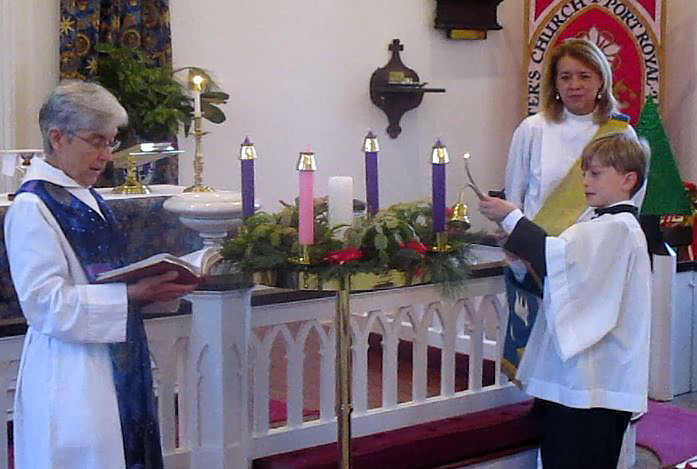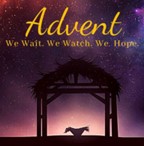“ . . . . AND A PARTRIDGE IN A PEAR TREE”
During the next few weeks you’ll be hearing it over and over, perhaps to the point of saying, “Enough already”! But you might be interested to know the origin of the
familiar “secular” holiday song; it has roots as a teaching tool to instruct young people in England in the content of the Christian faith!
From 1558 to 1829, Roman Catholics were not able to practice their faith openly in Protestant England, so they devised ways of passing on their beliefs to their children.
“The Twelve Days of Christmas” is one example of how they did it. Each of the gifts mentioned represents something of religious significance:
1. On the first day of Christmas my true love gave to me:
The “true love ” represents God, and the “ me ” is the believer who receives the gifts. The partridge in a pear tree is Jesus Christ who died on a “tree” as a gift from God.
2.Two turtle doves are the Old and the New Testaments – another gift from God.
3.The three French hens are faith, hope, and love –the three gifts of the Spirit that abide. (I Corinthians 13)
4.The four colley* birds are the four gospels which sing the song of salvation through Jesus Christ. (Although most modern versions say “ calling ” birds, the proper word is “ colley ”, which is a type of blackbird common in England.)
5. The five gold rings are the first five books of the Bible, also called the “Books of Moses” or the “Pentateuch”.
6. The six geese-a-laying are the six days of creation. (On the seventh day, God rested.)
7.The seven swans – a – swimming are the seven gifts of the Holy Spirit. (I Corinthians 12:8-10)
8.The eight maids –a – milking are the beatitudes. (There appear to be Nine in Matthew 5: 3 -11, but the first eight are the ones directed at others ; the ninth refers only to Jesus’ listeners on the mountain.)
9. The nine ladies dancing are the nine fruits of the Holy Spirit. (Galatians 5: 22 -23)
10. The ten lords – a- leaping are the Ten Commandments.
11. The eleven pipers piping are the eleven faithful disciples.
12. The twelve drummers drumming are the twelve major points of the Apostles’ Creed.
So the next time you hear “The Twelve Days of Christmas”, consider how this otherwise Secular sounding song was a tool to instruct the young. Remember, it’s still Christmas for 12 days . . . until theFeast of the Epiphany!
-Father Rod Caulkins, St. James Episcopal Louisa








